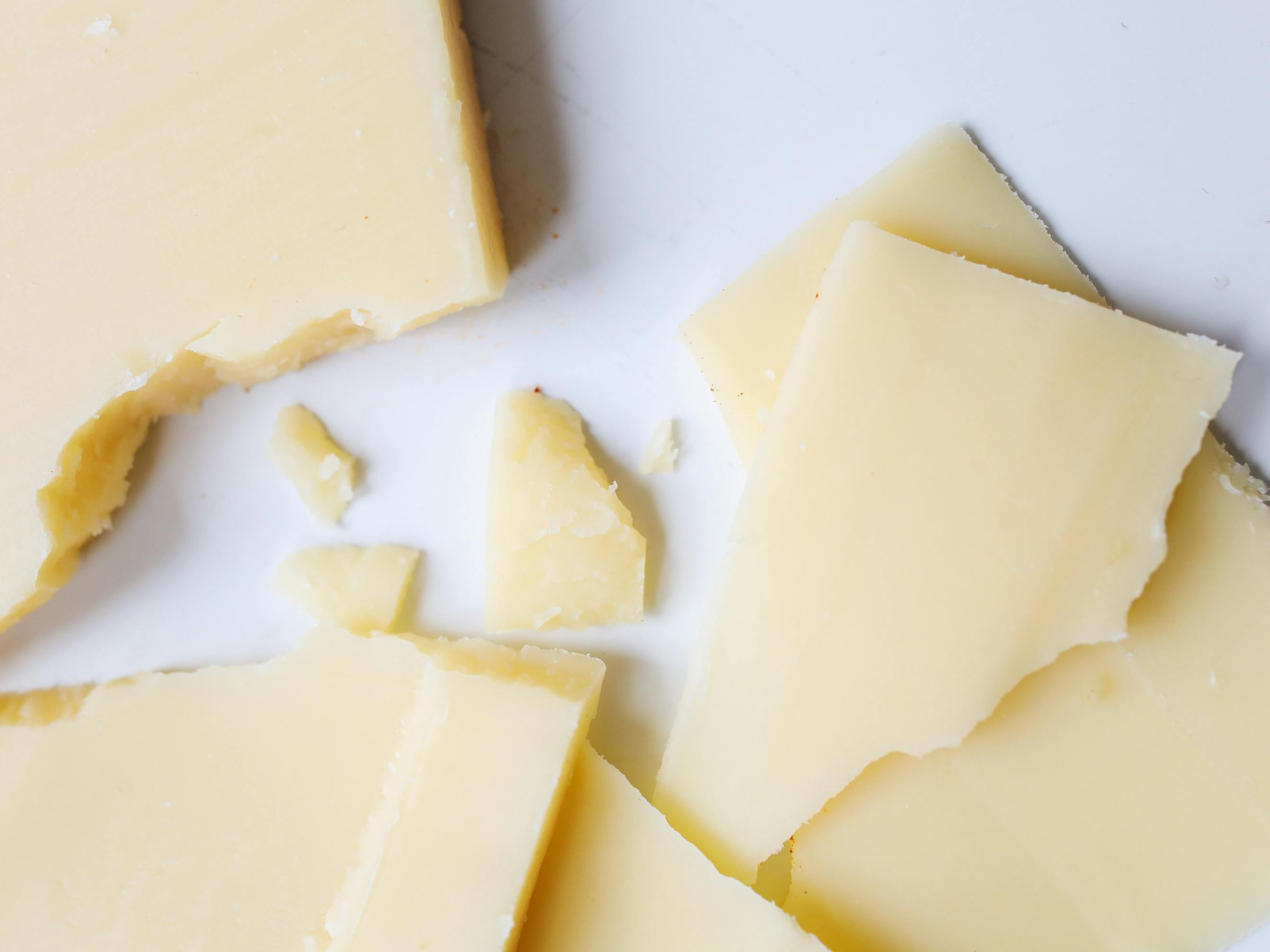Tallow. Health benefits? How to use? How to get the least toxins?
posted on
August 28, 2025

Not all fat in bad! Let's bring tallow back as a kitchen staple!
In the 1950s, some misinformed scientists spread a rumor that fat is bad for your heart. Then entered a wave of low-fat diets. You see, as we complicate our food system more and more, the advice for staying healthy seems to get more confusing and complicated, too.
Well, the low fat myth has been busted!
And that kinda makes sense, since tallow is one of the oldest cooking fats. It's been around for thousands of years and was quite popular before seed oils were introduced in the early 1900s.
Quality saturated fats from naturally raised animals (like our grass fed tallow) can be a health boosting addition to your diet.
Here are some tallow benefits:
--> Tallow is rich in fat-soluble Vitamins A, D, E, and K.
And that "fat-soluble" word is important here, since your body needs fat to absorb and use Vitamins A, D, E, and K. So by getting those vitamins alongside (or better yet in) fat, your body can easily use them! When you eat a low-fat diet, it can lead to deficiencies here.
The main 4 fat soluble vitamins are really important for your health, and you need to get them primarily through food. Here's what they're needed for:
- Vitamin A is needed for vision, immune function, cell growth, and reproduction.
- Vitamin D is needed for bone health, immune regulation, muscle function, and mood regulation.
- Vitamin E is needed for antioxidant protection, immune function, blood vessel health, and skin health.
- Vitamin K is needed for blood clotting, bone metabolism, heart health, and wound healing.
In short, by making sure you have plenty Vitamins A, D, E, and K, your body can function optimally.
--> Tallow is loaded with CLA (conjugated linoleic acid).
CLA is an essential nutrient you need to survive. It helps maintain good body composition, reduces inflammation, and supports your immune system and heart. Modern research is also showing that CLA has anti-cancer properties, too!
--> Tallow has a stable saturated fat structure that doesn't oxidize easily when heated.
Oxidized fat is fat that has gone bad from being exposed to air, heat, or light for too long. It becomes rancid, smells off, and can harm your body when you eat it. Here are some potential negatives of eating oxidized fat:
- Oxidized fat can have free radicals in it that cause oxidative stress, which means inflammation and aging.
- When your immune system encounters oxidized fat, the red flags go off. Your body views in as a "foreign substance", which can trigger chronic inflammatory responses and other health problems.
- Eating oxidized fat can damage blood vessels and harden arteries.
- When fat oxidizes, it loses nutritional value, destroying those beneficial fat-soluble vitamins we need so much as well as omega-3 fatty acids.
The good news is that tallow has a high smoke point of 400F. And that means it doesn't oxidize easily (the same simply cannot be said for seed oils, which have low smoke points). This is a big reason it's a healthy fat that's great for high heat cooking.
--> Tallow is packed with calories that keep you full longer, and that means less chance of overeating.
You know, I've noticed this myself. When I eat quality saturated fats, I don't get hungry quickly. I stay satiated longer, and I end up eating less. It's the same idea as not eating "empty calories".
Tallow is excellent for high heat cooking.
I already covered the health consequences of eating oxidized fat above. But, from a culinary standpoint, cooking with rancid oil means meals with off flavors and odors. Yuck!
You can use tallow for basically any kind of cooking. Think frying eggs, searing steaks, making pie crusts or biscuits, roasting root veggies, or deep frying potato chips. Yum!
Tallow will be solid at room temp and turn into a liquid when heated.
Tallow packaged in glass helps reduce toxins.
We spend so much time making sure our animals are raised naturally (and therefore with less toxins). Why would we mess that up with our packaging. Glass it the way to go for us.
This is especially true with tallow, which needs to be put in a container when hot and liquid. As you probably know, the most toxic leaching from plastic happens at higher temps.
What fats do you love to cook with? Is tallow one of them? What fats do we offer that you just love?
⬇Comment below (no account required) to share your thoughts with our community. Or contact us to keep it private.





